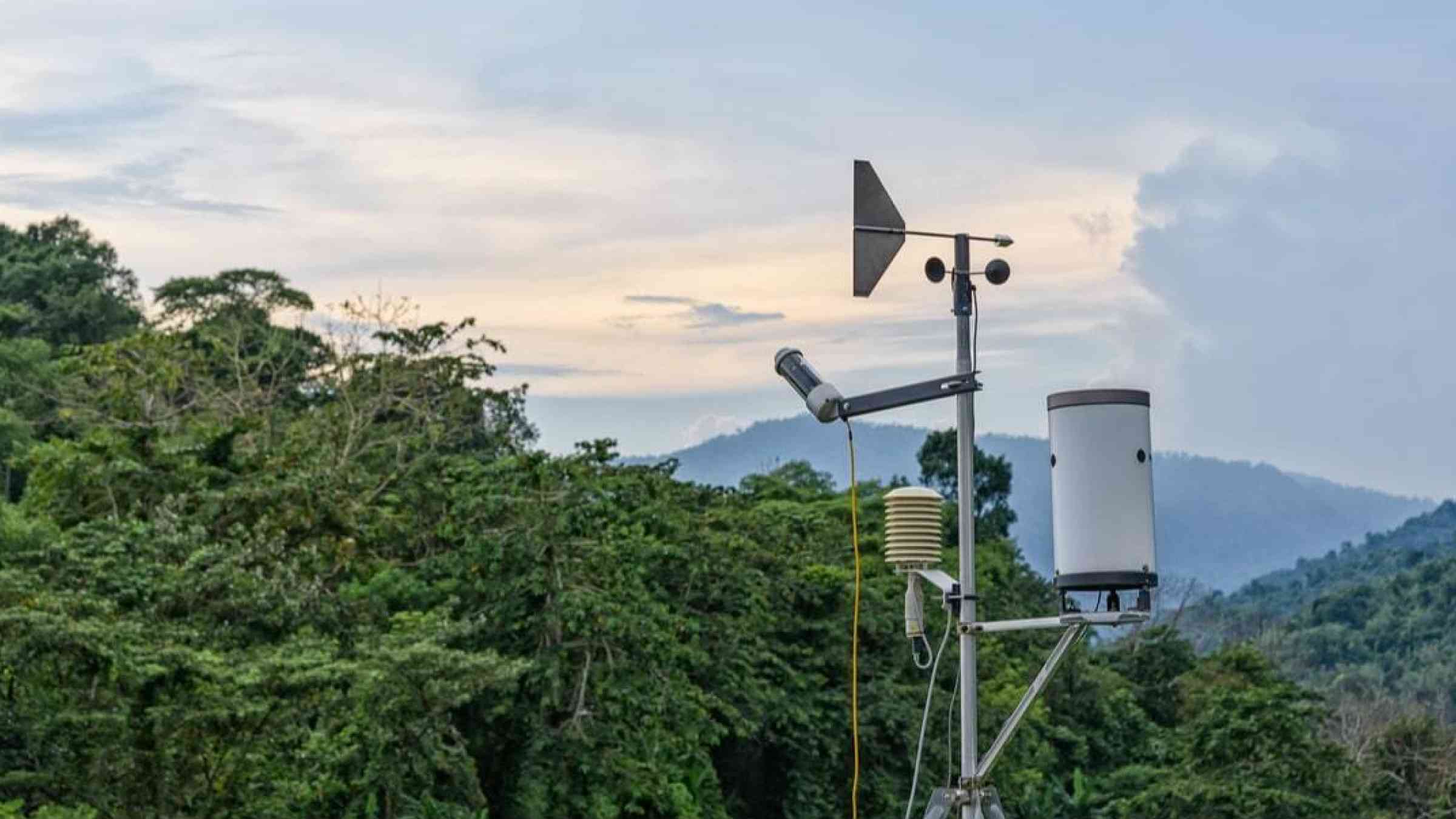UNDRR Sendai Framework Monitor: Decrease in global disaster mortality, rise in affected populations

The United Nations Office for Disaster Risk Reduction (UNDRR) has released the latest findings from the Sendai Framework Monitor based on 2023 data. The findings underscore both advancements and ongoing challenges in global disaster risk reduction (DRR) efforts. These insights are crucial for achieving the Sustainable Development Goals (SDGs), particularly those related to poverty reduction, health, and climate action.
Key Highlights:
- 160 countries (82% globally) now report on Sendai Framework targets, with 80 countries reporting on all seven targets.
- Average disaster-related mortality declined by 49%, from 1.62 per 100,000 population in 2005-2014 to 0.82 in 2014-2023.
- The number of disaster-affected people increased by 71%, rising from 1,187 per 100,000 population in 2005-2014 to 2,032 in 2014-2023.
- Direct economic losses from disasters averaged ~0.3% of global GDP for reporting countries during 2015-2023.
- 129 countries now have national disaster risk reduction strategies, a significant increase from 57 in 2015.
- 108 countries reported having multi-hazard early warning systems (MHEWS), compared to only 52 in 2015. However, 69 (nearly two-third) of these countries self-assessed their MHEWS as having "limited to moderate" achievement.
Furthermore, the findings highlight that Least Developed Countries (LDCs) account for 26.6% of globally reported disaster mortality despite representing only 12.1% of the reporting countries' population. Similarly, Small Island Developing States (SIDS) and Landlocked Developing Countries (LLDCs) face higher mortality rates per 100,000 population compared to the global average, underscoring the disproportionate impact of disasters on these vulnerable regions.
The head of UNDRR’s Bonn office, Mr. Animesh Kumar, commented on these findings, stating that "A decline in disaster-related mortality, parallel to an increase in disaster-affected population, point to both an advancement in preparedness capability, as well as the need to double down in our efforts to enhance resilience-building and addressing underlying risk drivers, especially for countries in special situations." He also emphasized the need for comprehensive approaches to risk management and tailored support and solidarity with countries and communities to effectively address the growing impact of the climate emergency.
Launched in 2018, the Sendai Framework Monitor is the official reporting tool for countries on their progress in implementing the Sendai Framework for Disaster Risk Reduction. Countries submit annual data along the 38 main indicators derived from the seven global targets of the Sendai Framework.
A summary of findings is available as a webpage and as a PDF download below.